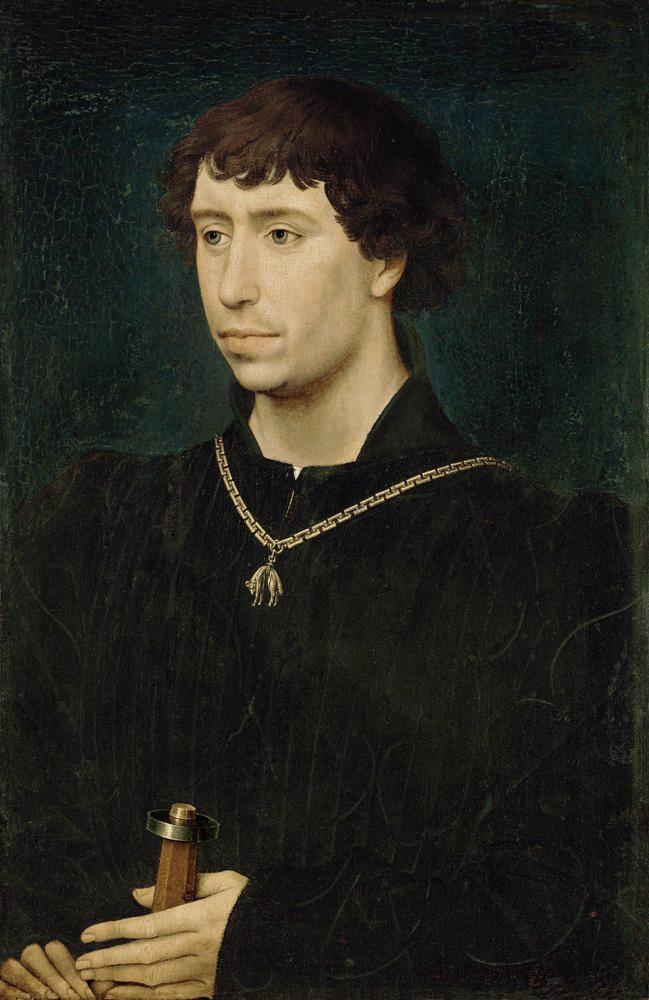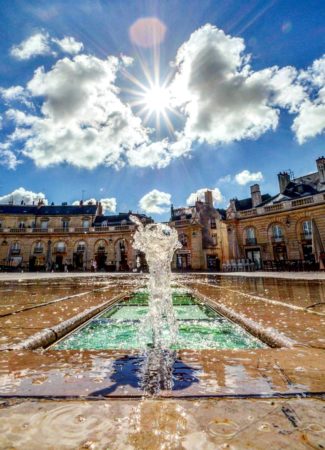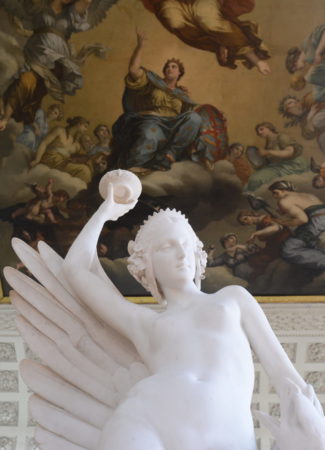While the Kings of France exhausted themselves fighting the Hundred Years’ War, the Dukes of Burgundy built one of Europe’s most powerful empires. At the height of its power, the Duchy of Burgundy spread as far as the North Sea, covering Picardy, Luxembourg, the Netherlands and other regions.
Who were the Dukes of Burgundy?
The Dukes of Burgundy were so powerful that they almost succeeded in dethroning the King of France and making Dijon the capital of the kingdom! So who were these personalities of power?
Philip the Hardy, founder of the dynasty
It all began with the youngest son of King John II of France, Philippe II of Burgundy, aka “the Hardy”. His nickname came from the bravery he demonstrated at the age of 14 during the French defeat at the battle of Poitiers in 1356. On his return from English captivity, his father granted him the province of Touraine as appanage and he became the first Duke of the Valois Dynasty.
On his coming of age in 1363, he was nominated Duke of Burgundy before marrying Margeret III of Flanders, the rich heiress of the Counties of Flanders, Artois and Burgundy. Possession of these lands made him the most powerful of the “lords of the fleur-de-lis”.
As an art enthusiast and generous benefactor, in 1366 he built the fortress of Dijon which was to become the Palace of the Dukes and Estates of Burgundy. Even today, the building remains the city’s most prestigious monument.
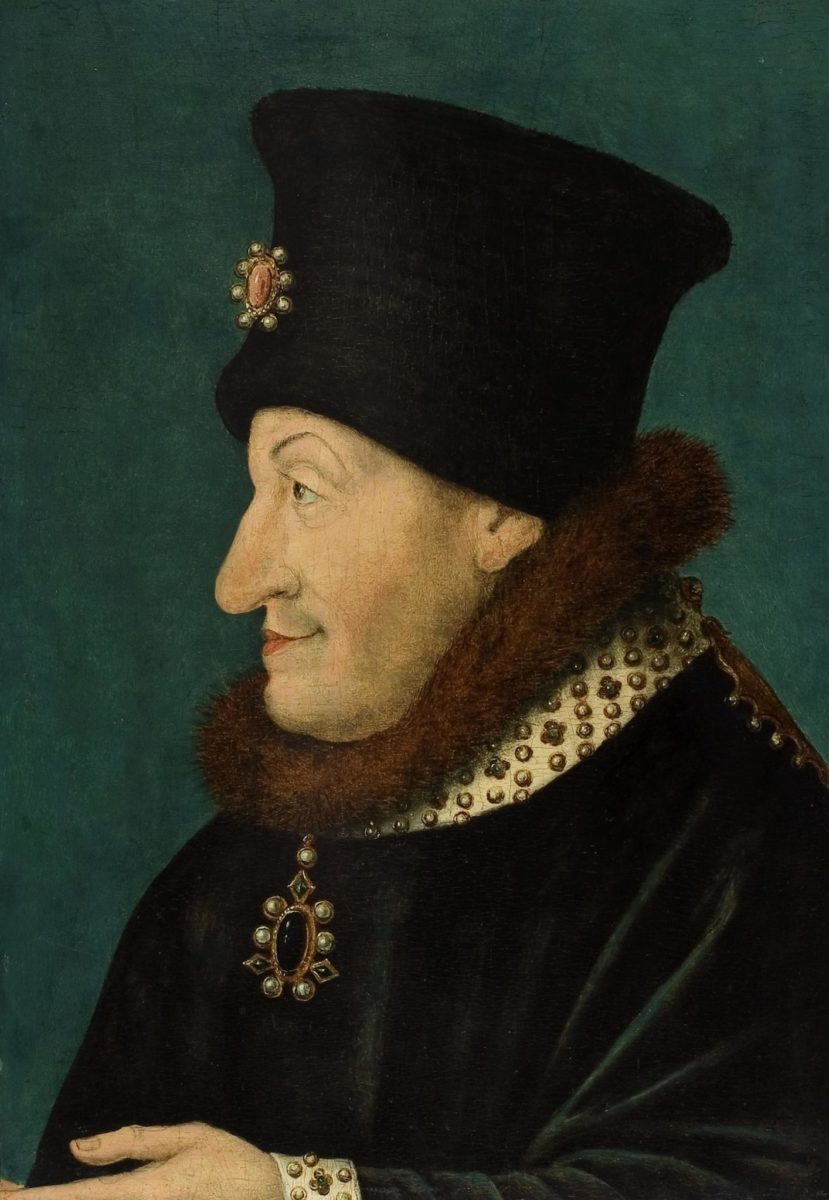
John the Fearless, he who wished to become King of France
The eldest son of Philip the Hardy, John II of Burgundy, or “John the Fearless” was a prince of the Capetian house of Valois and cousin of King Charles VI. As Duke of Burgundy, he consolidated the foundations of what would become the Estate of Burgundy. But he had much higher ambitions; he wanted to become King of France!
John the Fearless was jealous of his rival, Louis of Orleans, who was brother to the king. He organised his assassination, which led the Kingdom of France into a civil war between the Armagnacs (clan of Louis of Orleans’ son) and the Burgundians (clan of John the Fearless). In 1419, John the Fearless was killed on Montereau Bridge by the army of Charles VII.
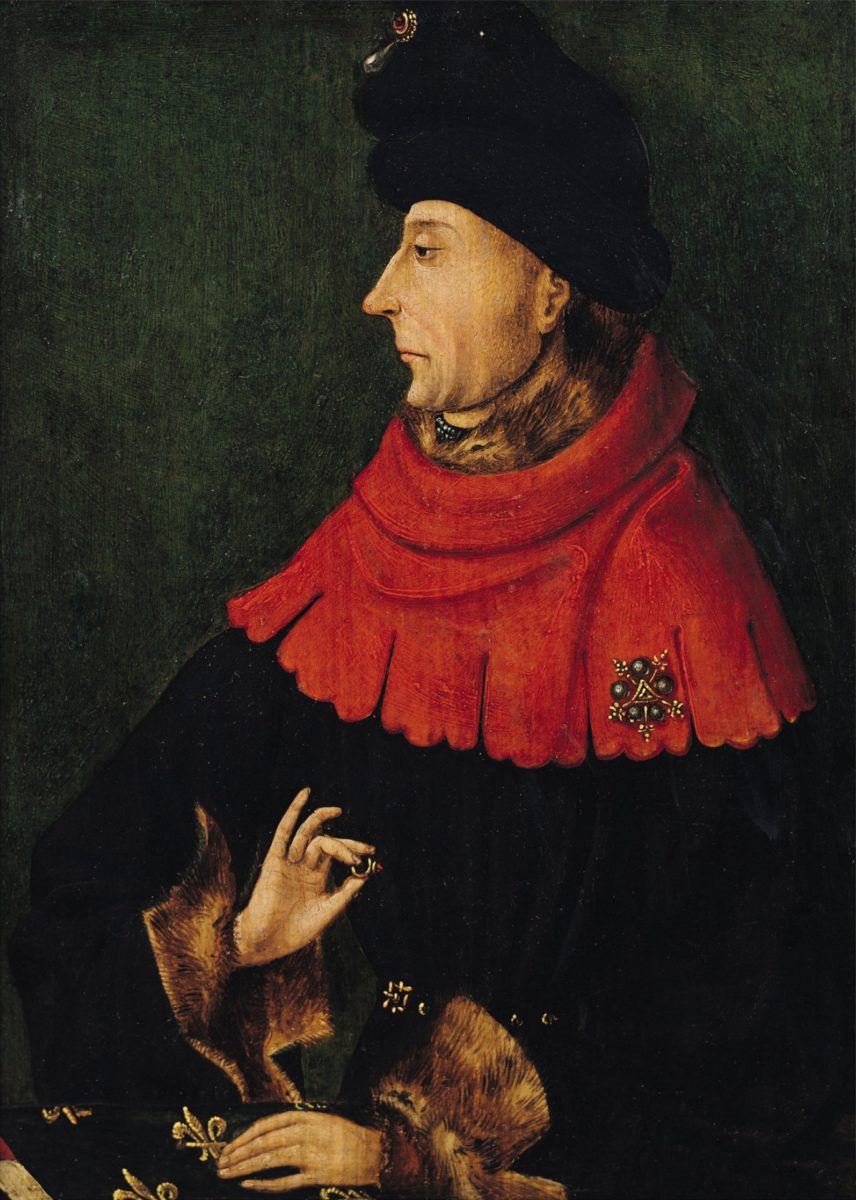
Philip the Good, the son who wanted to avenge his father’s death
Philip the Good was the only son of John the Fearless and Margeret of Bavaria. He joined forces with England against the King of France to seek revenge for his father’s murder. After besieging Montereau with the help of Henry V of England, he exhumed his father’s body and had it buried in Champmol charterhouse in Dijon alongside his grandfather, Philip the Hardy. He acquired defacto independence from the Estate of Burgundy and increased the territory’s power.
In 1450, he built the main building of the dukes’ palace and the terrace tower (today’s Philip the Good Tower). The tombs of John the Fearless and Philip the Hardy, both kept at the Fine Arts Museum of Dijon, are among the most beautiful examples of funerary art of the Middle Ages.

Charles the Daring, last of the Dukes of Burgundy
The son of Philip the Good was the fourth and final duke of Burgundy from the Valois branch. His father made him a knight of the golden fleece just three weeks after he was born. Even before he became leader of the Duchy, Charles the Daring, a cousin of King Louis XI, joined the “League for the Public Good”, a group which opposed the King of France.
When he became Duke of Burgundy, he enlargened the territory by occupying the Duchy of Lorraine. But things turned bad for Charles the Daring at the last battle of Nancy and his stiffened body, half-eaten by wolves, was found under the snow.
His only daughter, Mary, inherited the Burgundian estate but Louis XI, making reference to Salic law which was still in force and specified that only men could govern, took possession of the Estates of Burgundy. The lands belonging to his god-daughter were thus returned to the Kingdom of France, and Burgundy was dismembered.
